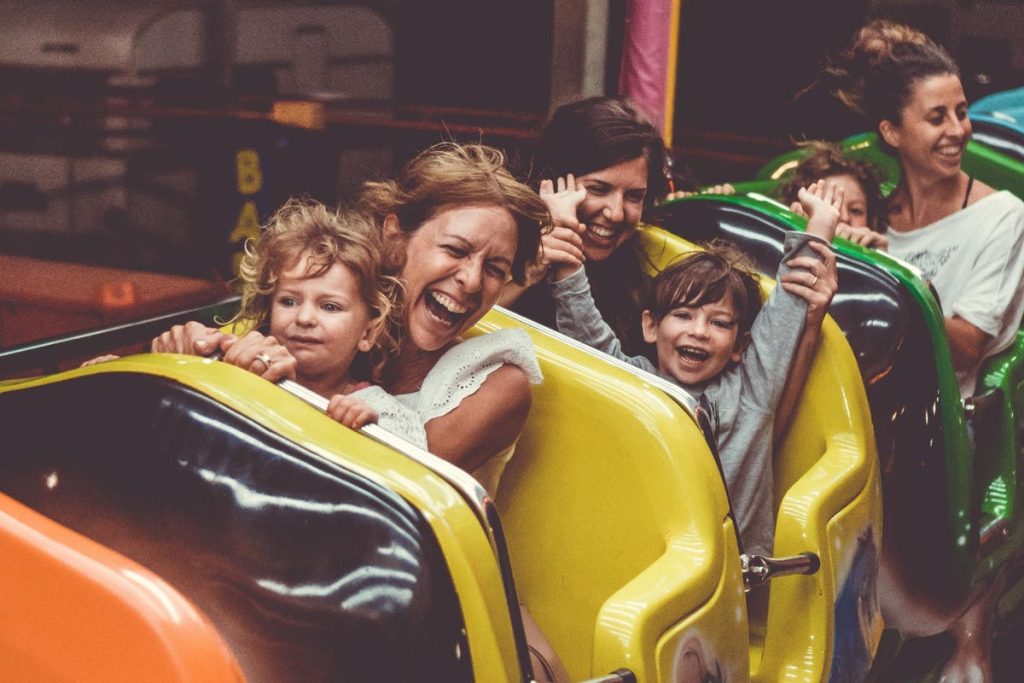Creating a memorable, authentic customer experience (CX) is about much more than being friendly (though that certainly counts). Instead, it requires delivering meaningful and valuable interactions to customers. In order to do that, you’ll need to know all about your individual customers’ wants, needs, preferences, and priorities. Customers are more connected and savvier than ever, and their expectations about service are changing as rapidly as the technology that shapes and supports their consumer behavior. Being open to these kinds of changes will help you meet their individual needs and establish your brand as one that facilitates a seamless, frictionless buying experience. In fact, 66% of customers expect companies to understand their needs.
Regarding customer service today, the one-size-fits-all approach is dead and gone. Whether in person, on the phone, online, or through social media, brands service a variety of customers from a variety of different backgrounds. Although each generation has unique likes and dislikes about how they interact with customer service, one thing remains consistent – their experience with a brand is the most powerful differentiator for any business today.
ADVERTISEMENT
I spoke with the COO of Feld Entertainment, Juliette Feld Grossman, as well as the CMO at ProParks Attractions Group (and formerly Six Flags), Ron McKenzie, to gain a deeper understanding of how attractions brands are building bridges when it comes to generational differences and the impact it has on the customer experience.
I first wondered how attraction brands are operationalizing and thinking about different generations and the impact they have on the customer experience. Is there a challenge in that aspect?
“So much of what we do at Feld Entertainment as a leader in live family entertainment is cross generational. It can be said that what we do is multi-generational. We have brands including Disney On Ice, Ringling Brothers, and Monster Jam that have grandparents, parents, and children attending together. And what we often look at are the elements that can connect across these various generations. For example, we want to ensure that our children are engaged, that we’re moving our shows and events at the pace of the kids today. In addition, we’re trying to tap into young adults and learning what they’re interested in. And then finally, we provide the relatable touchstones for parents and grandparents as well. In many instances, these older groups are often the purchasers or decision-makers when it comes to buying the tickets for family experiences,” said Gross Feldman.
When bridging the gap between different generations, one thing is certain. The digital transformation has become a profound process when it comes to linking generations together. Using technology to make interactions more meaningful and understanding and anticipating the changing needs of consumers can simplify the path through customer engagement and customer service – providing a platform for growth that puts daily customer experience excellence well within reach. But what does this transformation have to do with customer experience?
ADVERTISEMENT
McKenzie said, “When you think about the way that theme parks were originally built and designed, the bridge has been the technology gap. Theme parks have had to really muster resources and look at the different ways to improve the customer experience through the introduction of new technology. What we know about this younger generation is they don’t like to wait in lines. They like immersive experiences that include interaction with their technology. And a lot of parks were not built for that. So over time, you’ve seen a lot of parks redesign their entry experiences and ride lines to make it more seamless and less painful to get into the park and now provide more immersive and interactive ride line experiences.”
In the longer term, technology’s touchless experiences could dictate a superior CX. According to findings from Capgemini, 77% of customers now expect non-touch interactions for customer experiences. So how are brands taking into consideration this new way of streamlining guest experiences? What does that look like in the attractions world?
“What we learned is that COVID made it mandatory for brands to create a digital, cash-free experience in order to keep establishments up and running. These could be considered as boring, operational components, but in all honesty, they’re really important when it comes to the overall guest experience. Brands are starting to realize that Gen Z doesn’t carry cash. So that’s given brands the opportunity to migrate to an environment that is streamlining guest experiences. While the pandemic is not at the epicenter of our society currently, these implementations that took place have now become permanent parts of the guest experience,” said McKenzie.
ADVERTISEMENT
Feld imparted these final thoughts. “The thing that we always try to do is listen to the customer. Whatever way they’re talking to us, whether it comes directly through our customer feedback lines, what we see on social media, overhear at a live event or even the way that they respond when they’re in the audience, we’re always listening to the customer. So whatever it is, no matter the years, generations, it’s just always listening to the customer, responding to them and trying to find new ways to show them things they’ve never seen before.”
Read the full article here










